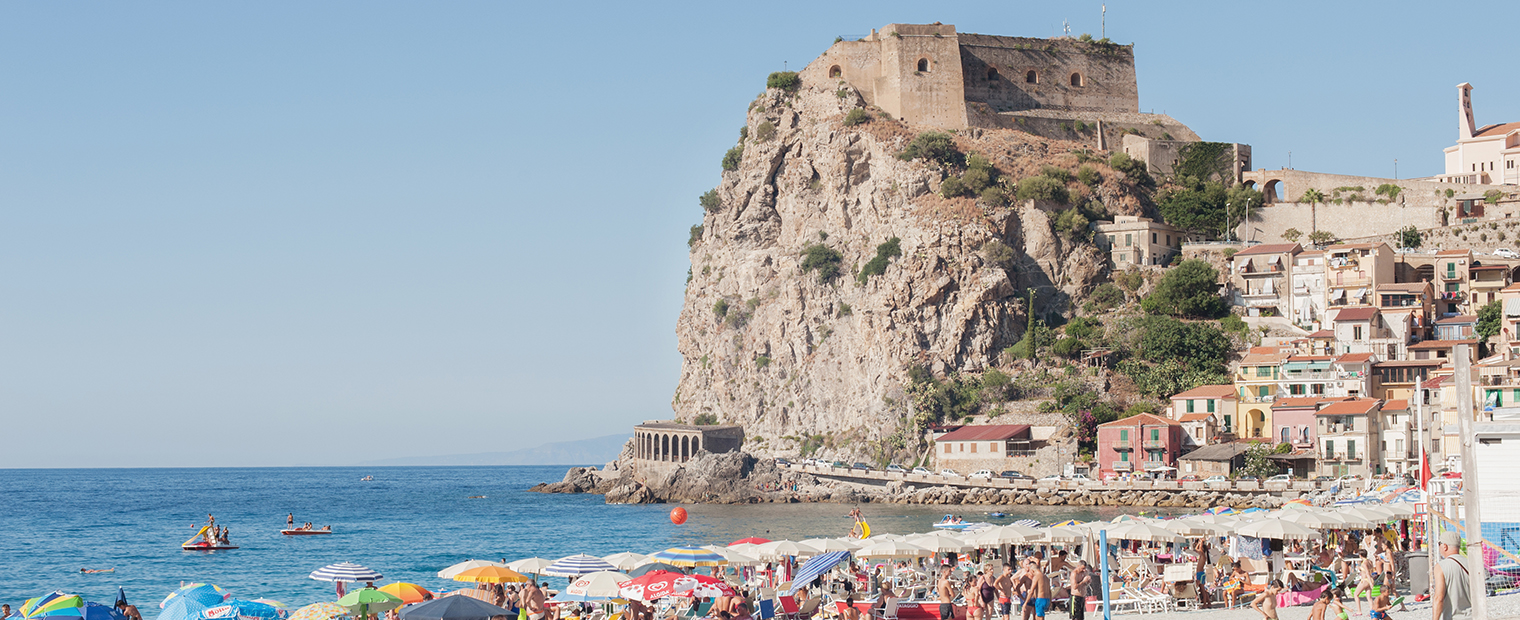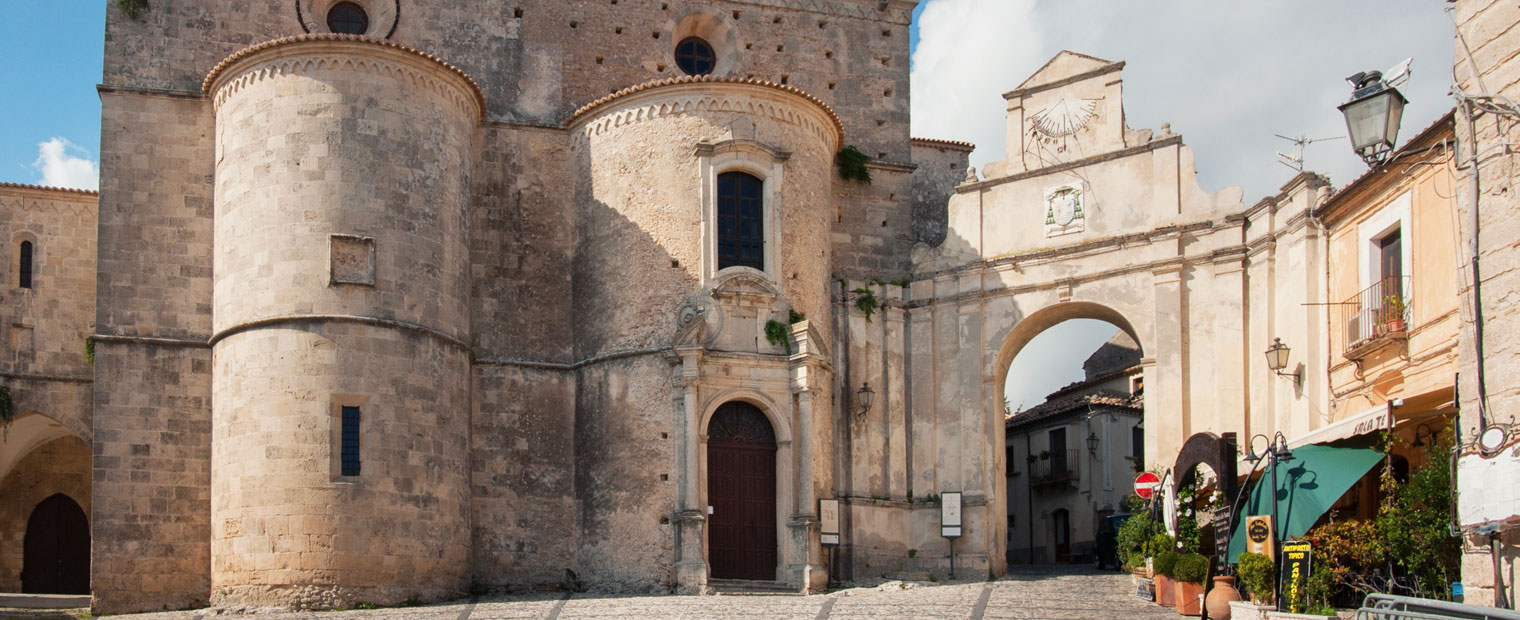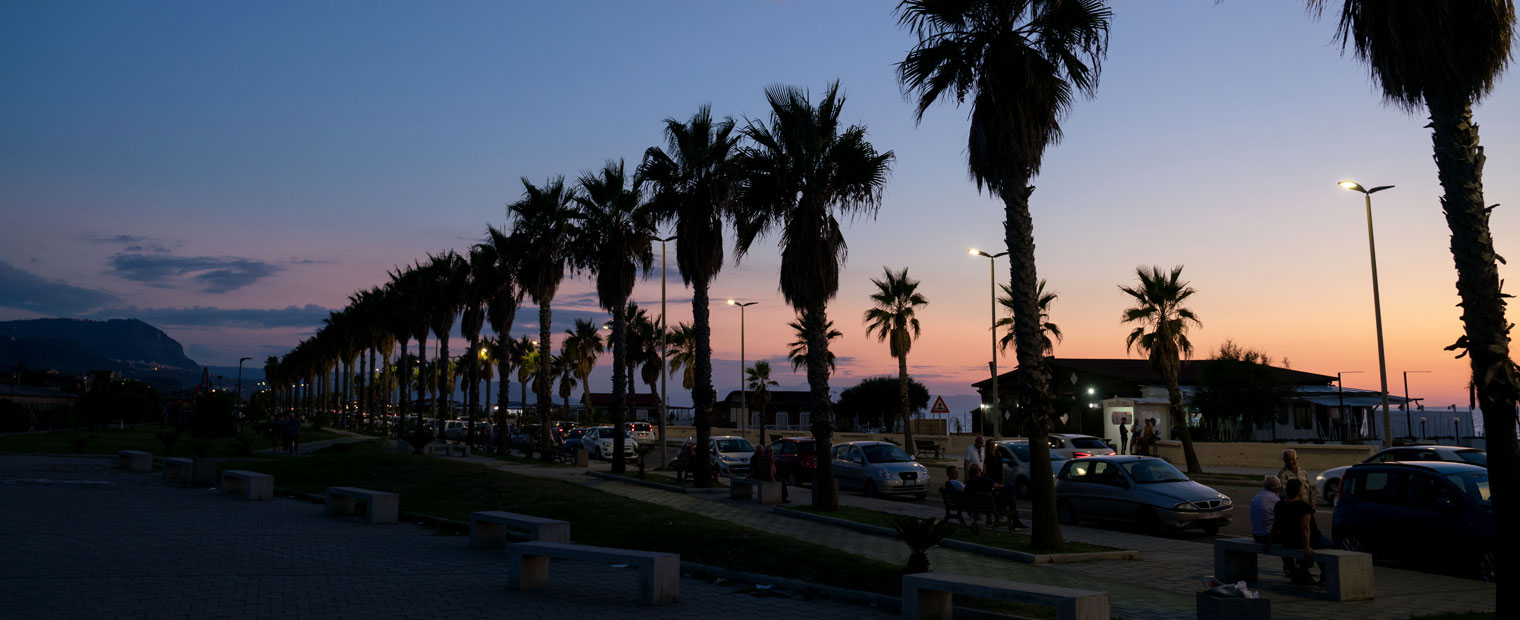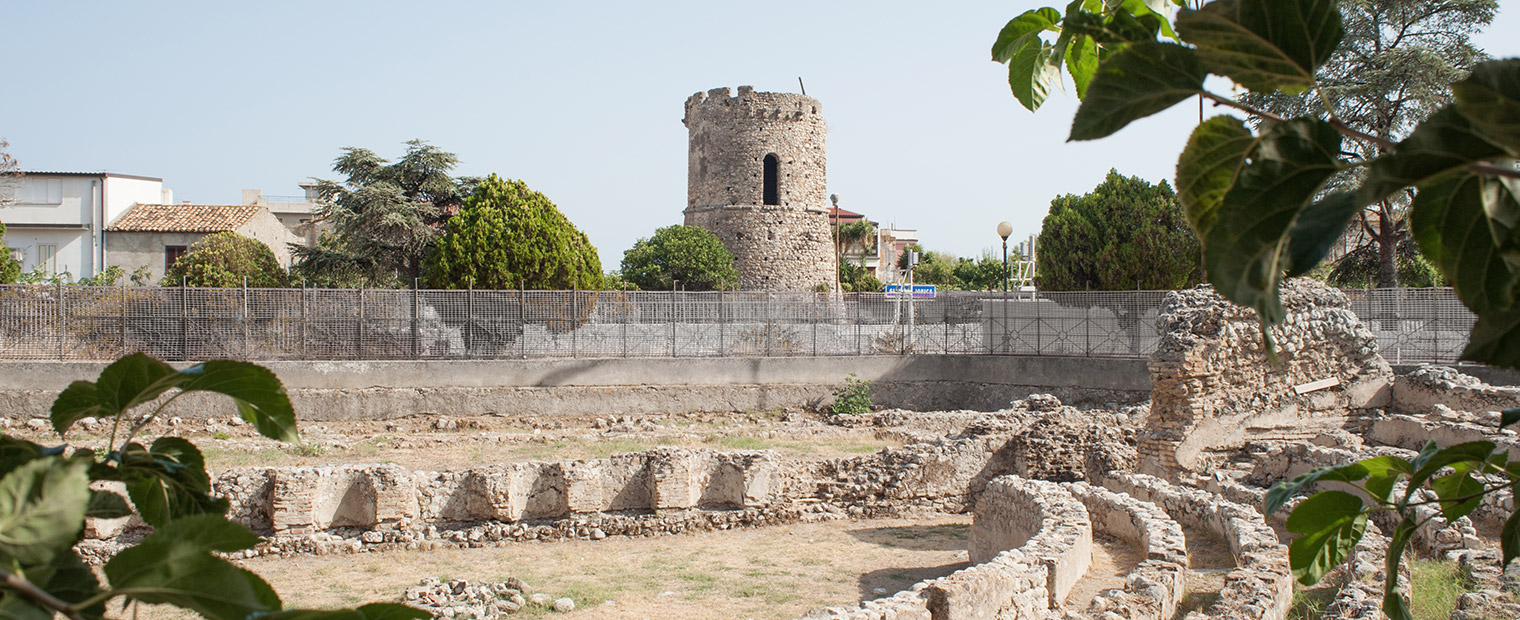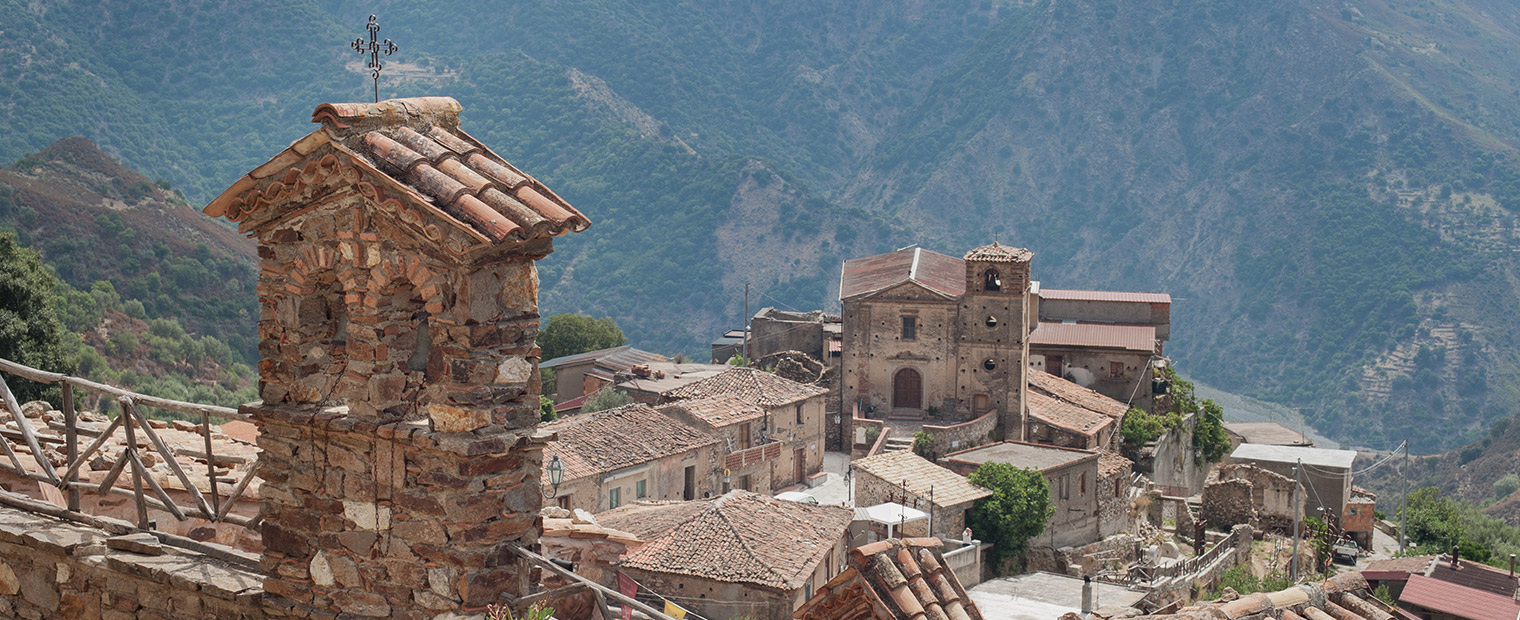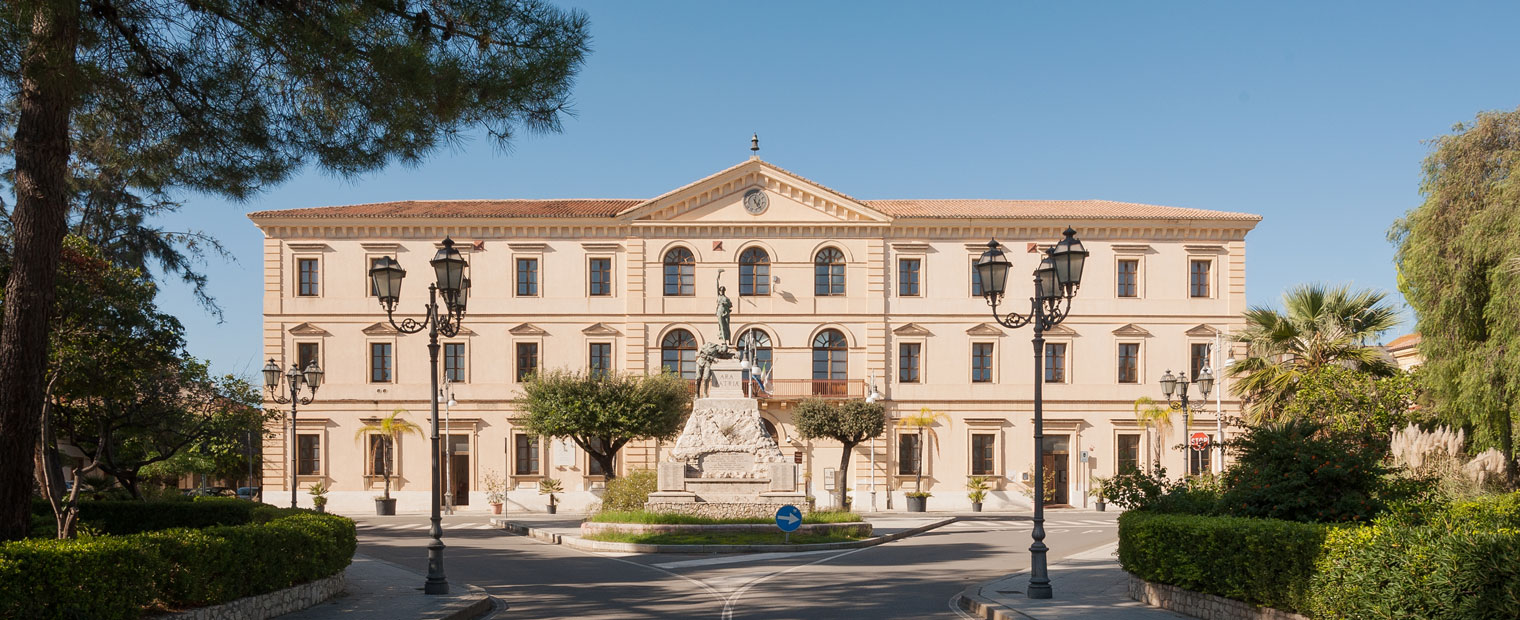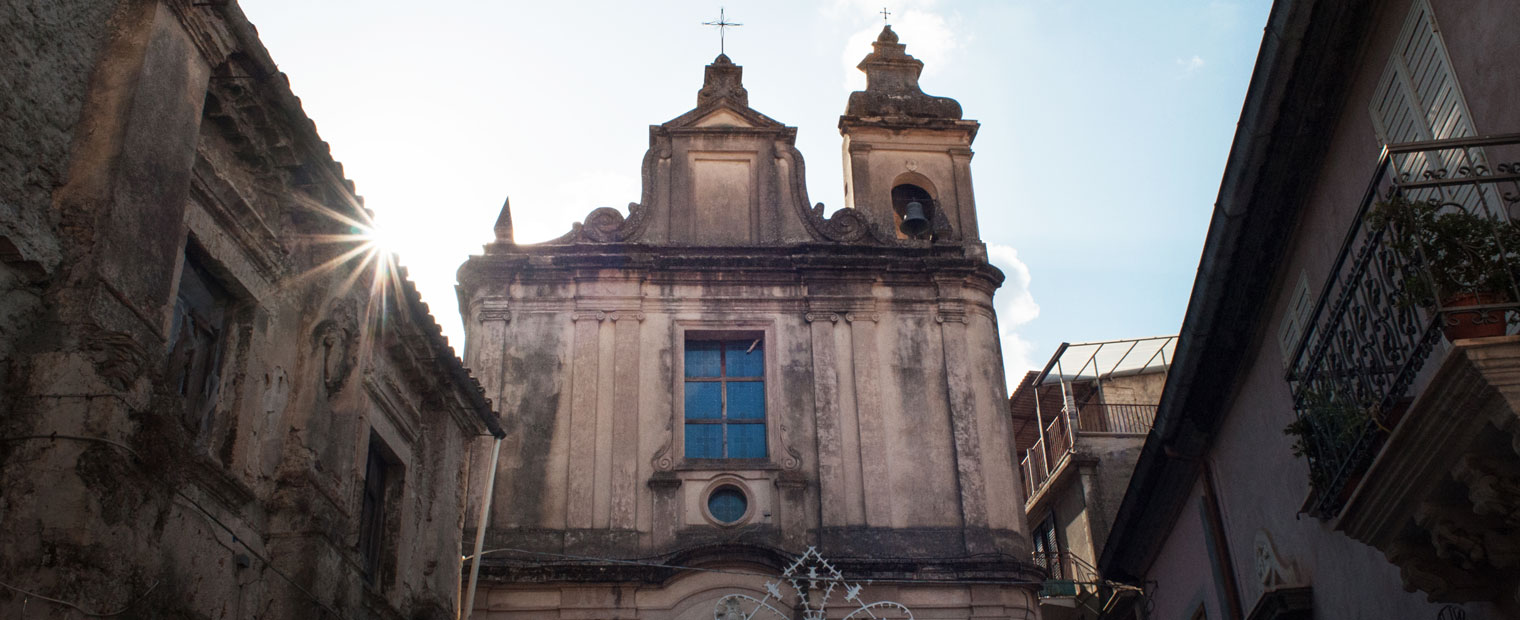The Metropolitan Area of Reggio Calabria, set between the two coastal fronts of the lower Ionian Sea on side, and the Tyrrhenian Sea on the other, has 97 municipalities: villages of great interest for both their historical and architectural features, and the wonderful landscapes that characterise them. It is an area at the centre of the Mediterranean whose history, not surprisingly, is strongly influenced by the different cultures of the people who have passed through here. In the heart of the metropolitan area of Reggio Calabria, between the approximately 220 kilometres of coastline that extends from Rosarno to Punta Stilo (Monasterace), lies the imposing Aspromonte massif that almost seems to retain the three main sides: the eastern Ionian south characterised by low coasts, and the southwestern and northwestern Tyrrhenian Sea, characterised by high frontal coasts. The territory, which hosts about 30% of the regional population with just under 60,000 inhabitants, presents profound contrasts to the landscape: sea and mountains together, key factors of the territory around which history, culture, and traditions are intertwined. Particularly rich is the naturalistic context that boasts a great variety of ecosystems and typical Mediterranean landscapes. It is a heritage that boasts examples such as the Costa Viola, the Riviera dei gelsomini, the Valley of Torbido, and the Valley of the Stilaro. On the Tyrrhenian side, the Piana di Gioia Tauro, is known for its port that ranks among the first places in the Mediterranean and in Italy for traffic intensity. The Ionian side responds with Locride, a typically rural area where traditional crops flourish and the Grecanica area (or Bovesia), located in the heart of the Amendolea valley. It is place with ancient roots in which some towns (specifically Bova, Gallicianò, Roghudi, and Roccaforte del Greco) pass on and still protect the use and knowledge of the Greek language.
Gerace: The Medieval Heart of Greek Calabria
The town of Gerace, the Orange Flag of the Italian Touring Club and one of the most beautiful villages in Italy, is a place where you can breathe in medieval air. Noteworthy are the remains from the period, in addition to the Cathedral and the Church of San Francesco, with the entire village preserv [...]
Gioia Tauro: the port of the Mediterranean
Gioia Tauro, the main town in the plains with the same name, rises on the land embraced by the Tyrrhenian waters and the green of the chiana, as it is called by its inhabitants. Daughter of the archaic city of Methauros and destroyed countless times by pirates, conquerors, earthquakes, and floods, G [...]
Gioiosa Jonica: one of the beauties from Magna Grecia
Overlooking the ancient Ionian Sea routes, in the eastern part of the metropolitan city, Gioiosa Jonica is one of the most memorable centres of Magna Grecia. It is a lively and heartfelt memory thanks to the coexistence of millenary traditions with a contemporary world made of fun, culture, and hosp [...]
In the land of the Calabrian Greeks
Located in the centre of the Greek area, in a position slightly more inland than the Ionian coast and the gates of Aspromonte, Condofuri includes in its municipality several villages and hamlets linked to the language and culture of the Calabrian Greeks. The most important - Gallicianò and Amendolea [...]
Locri: the cradle of Calabrian Hellenism
Homeland of Zaleuco, first legislator of the western world and of the ancient Greek poet Nosside, the town of Locri is the fulcrum of Greek culture in Italy. Among the pristine sea setting of the Riviera dei Gelsomini and hectares of ancient olive groves, it is the most important archaeological area [...]
Mammola, the village of ancient flavours
Suspended halfway between the sea and the sky and situated between the mysterious woods of the Serre Calabresi and the primitive landscape of Aspromonte – of which it is considered the door to the National Park – the town of Mammola stands in all of its beauty like a work of art from the ancient pas [...]
